The health of your hairline is affected by a variety of daily habits, some of which may appear harmless. These habits, from the way you choose to style your hair to the food that you eat, can have a major impact on the health of your scalp. It is important to understand these factors in order to maintain a healthy hairline. This article from Sound Health and Lasting Wealth explores 10 habits that can destroy your hairline. It also offers practical tips on how to minimize their impact. You can preserve your hairline’s health by being aware of these habits, and making small changes.
1. Tight hairstyles
Tight hairstyles may cause hair loss or damage to the hairline. Tight hairstyles that are tightened and pulled can weaken hair follicles and cause conditions such as traction alopecia. Tight hairstyles can damage your hair. Examples include buns, tight weaves and high ponytails. To reduce hair loss and to protect your hairline, it’s best to choose looser hairstyles.
2. Sleeping on wet Hair
Wet hair is more fragile and prone to breakage, so sleeping on it can cause damage. This includes the hairline. Wet hair can be more fragile and susceptible to breakage. The friction caused by tossing and turn on a pillow may also cause damage.
To minimize the chance of hair damage, it’s best to let the hair dry before going to bed. This will also help maintain a healthy and strong hairline.
3. Overwashing
has studied the impact of shampoo washing on scalp and hair condition. It was found that a daily wash routine was superior to a weekly wash, and no adverse effects were observed on hair when this level of cleaning was used. However, frequent washing, especially using harsh cleaners, can strip the scalp of its natural oil, causing dryness, irritation and scalp inflammation. This can eventually affect your hairline.
4. Chemical Treatments
Chemical treatments, such as bleaching and dyeing, can damage hair, even the hairline. Chemical alopecia can result from these treatments, which results in patchy hair fall and damaged scalp. This type of hair loss can be caused by overusing dyes, relaxing or perming solutions, without giving the hair enough time to recover. Chemical damage can cause thinning hair, bald patches and tenderness of the scalp. Treatments such as finasteride and minoxidil have been recommended for regrowth, and to restore the condition and strength of hair after chemical trauma. To minimize the risk of damaging the hairline and hair, it’s best to seek professional advice before using chemical treatments.
5. Heat styling
Heat styling excessively with straighteners and curling irons or blow dryers may damage the hair shaft, causing it to break. Use a heat-protectant spray to protect your hair if you have to heat style it. Avoid using high heat settings.
6. Stress
Stress can cause hair loss. This is due to a condition known as telogen effluvium. It’s characterized by temporary shedding of hair. Stress is not directly related to male pattern hair loss, but it can trigger telogen effluvium and worsen its symptoms, causing hair thinning, shedding and hair thinning around the hairline. Chronic stress can impair the stem cells of hair follicles, which could lead to hair loss.
7. Poor or unhealthy diet
Poor nutrition can cause hair loss and hairline damage. Vitamin A, iron and other essential minerals are crucial for healthy hair. Diets that lack these nutrients, or contain excessive amounts of them, can cause hair loss and thinning. A vitamin A imbalance can cause or worsen hair thinning. Iron deficiency also causes hair loss. A diet that is lacking in protein can also lead to hair problems, such as hair loss or brittleness.
Maintaining a healthy diet and maintaining the integrity of your hairline is therefore essential to promoting hair health.
8. Smoking
Smoking may damage hair follicles, which can lead to hair loss. This includes around the hairline. Smoking may cause vasoconstriction and DNA damage. It can also lead to oxidative stress and inflammation. All of these factors can contribute to hair fall. Smoking can also reduce blood flow to hair follicles. This leads to nutritional deficiencies and damages to hair on the head. Smoking can cause gray hair to appear earlier, hair to become more brittle and low estrogen levels. These can have a significant impact on hair growth and health. Smoking can reduce hair loss and improve hair growth.
9. Excessive alcohol consumption
Although there is no direct connection between alcohol and hair loss or thinning, excessive drinking can cause nutritional deficiencies, hormonal imbalances, and malabsorption of essential nutrients. These factors may lead to hair thinning and loss. Alcoholism causes hair loss through dehydration, malnutrition and by preventing the body from absorbing essential nutrients such as zinc B12 folic acid and iron. Alcohol abuse can cause other health issues, such as hormonal changes that may affect hair health.
10. Sleep deprivation
It is still not clear what impact lack of sleep has on hair health and the hairline. There is some evidence that suggests poor sleep can cause stress, which is a common cause of hair loss. This could also affect hair health. However, further research will be needed to establish a direct causal link between lack of sleep, hairline damage, and stress.
While adequate sleep is essential for good health in general, and for hair health as well, further research on the impact of lack-of-sleep on hairline needs to be done for a more comprehensive understanding.
What to do about them?
Reduce the frequency of washing:
- Determine your hair type. Thicker hair may only require 2-3 washes per week. Analyze the oiliness of your scalp and make adjustments accordingly.
- Cowashing: Instead of shampoo, use a gentle conditioner to clean the hair. It removes dirt and oil without stripping it. This works well for curly or dry hair.
- Dry Shampoo: Use a dry shampoo to refresh your hair and absorb excess oil between washings. Select products with gentle ingredients, particularly if your scalp is sensitive.
Embrace gentler cleansing:
- Sulfate free shampoos: Search for shampoos that are free of harsh sulfates. These can be drying and irritating. Opt for hydrating, milder formulas.
- Apple Cider Vinegar Rinse: Use apple cider vinegar diluted with water as a final rinse following shampooing. It adds shine and balances the pH of your scalp.
- Scalp Massage: While washing your scalp, massage it gently to stimulate blood circulation and encourage healthy hair growth. Avoid scratching and be gentle.
Promote scalp Health:
- Scalp Exfoliation: Exfoliate the scalp with a gentle scrub once a week to remove dead cells and promote healthy growth. Avoid harsh scrubs if your scalp is sensitive.
- Scalp Oil Treatments: Massage oils such as coconut, jojoba or rosemary oil gently into your scalp, before washing. These oils can nourish and moisturize your scalp to promote hair growth.
- Hydration and healthy diet: Maintain a healthy diet that is rich in vitamins and minerals and proteins.
Addressing other contributing factors
- Stress management: Chronic anxiety can cause hair loss. Use relaxation techniques such as yoga, meditation or deep breathing.
- Stop smoking: Smoking reduces blood flow in the scalp and inhibits hair growth. It is important to quit smoking for your overall health as well as hair.
- Treat any underlying conditions. Consult a doctor if you suspect that there are underlying medical conditions that may be contributing to your hair loss.
Seek professional advice:
Dermatologist Consult a dermatologist if you are concerned about hair loss, or suspect that other factors may be at play. A dermatologist can provide a customized diagnosis and treatment plan.

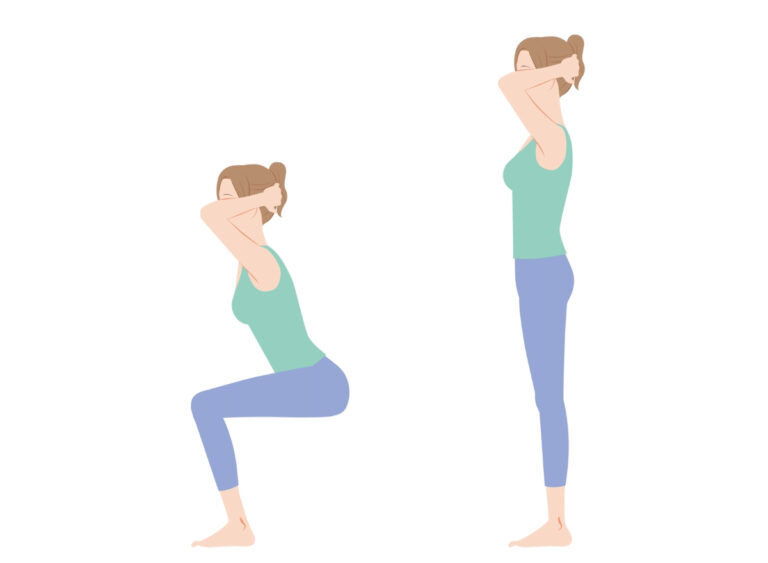

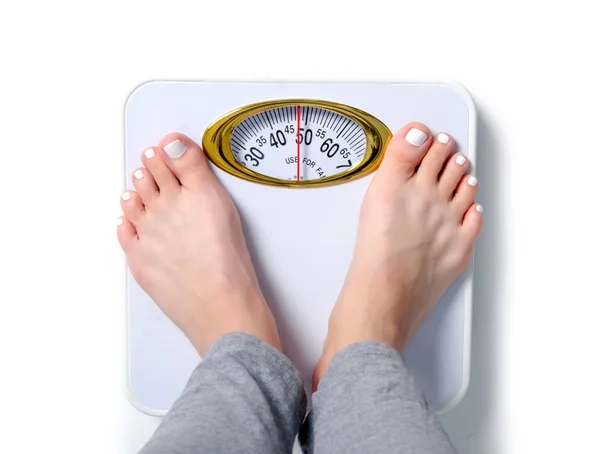
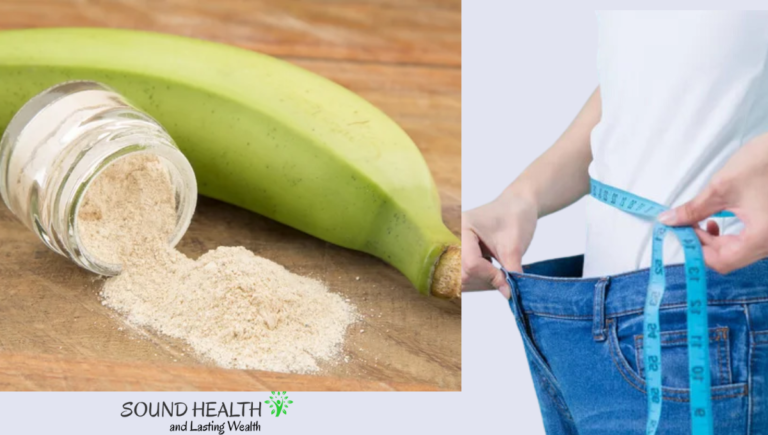
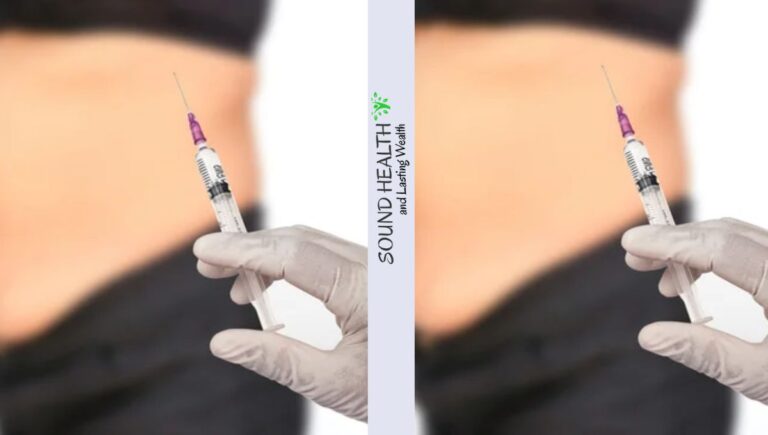
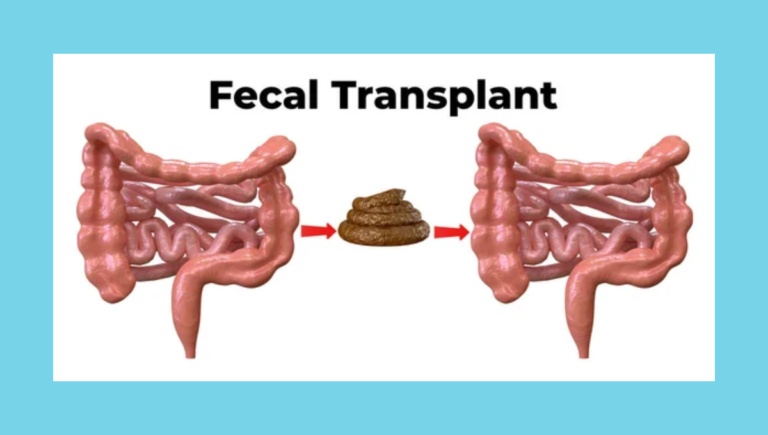


+ There are no comments
Add yours